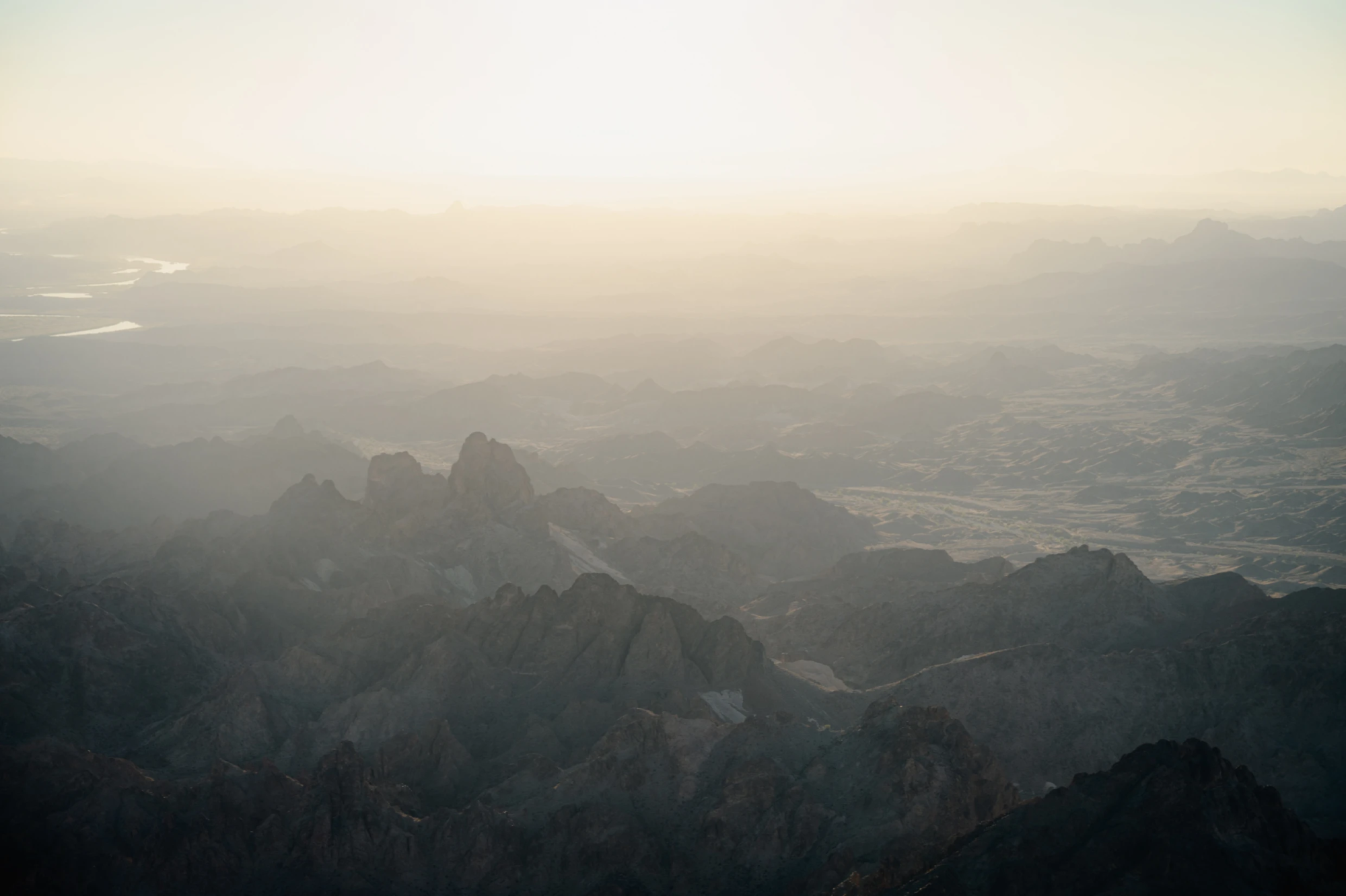
From high above, Donald Medart Jr. looked down at the old mine.
“You can see for yourself the difference in the landscape and the devastation that it caused,” he said. “There’s just a scar left.”
Medart was sitting in the passenger seat of a small propeller plane flown by the conservation organization Ecoflight. He’s a tribal council member for the Fort Yuma Quechan Indian Tribe. Thousands of feet below, desert mountains and rippling canyons stretched toward the horizon. The Colorado River glimmered in the distance.
For Medart, this region along the California-Arizona border is home. The desert landscape is the ancestral land of the Quechan Tribe. It harbors an intricate trail system used to exchange news with other tribes, geoglyphs and petroglyphs carved into rock and earth, and sacred formations like Indian Pass.
But the area has been under constant pressure from mining activity. For decades, Quechan leaders have fought to stave off companies in search of gold and other minerals. Older mines have left deep fissures in the earth that still remain decades later.
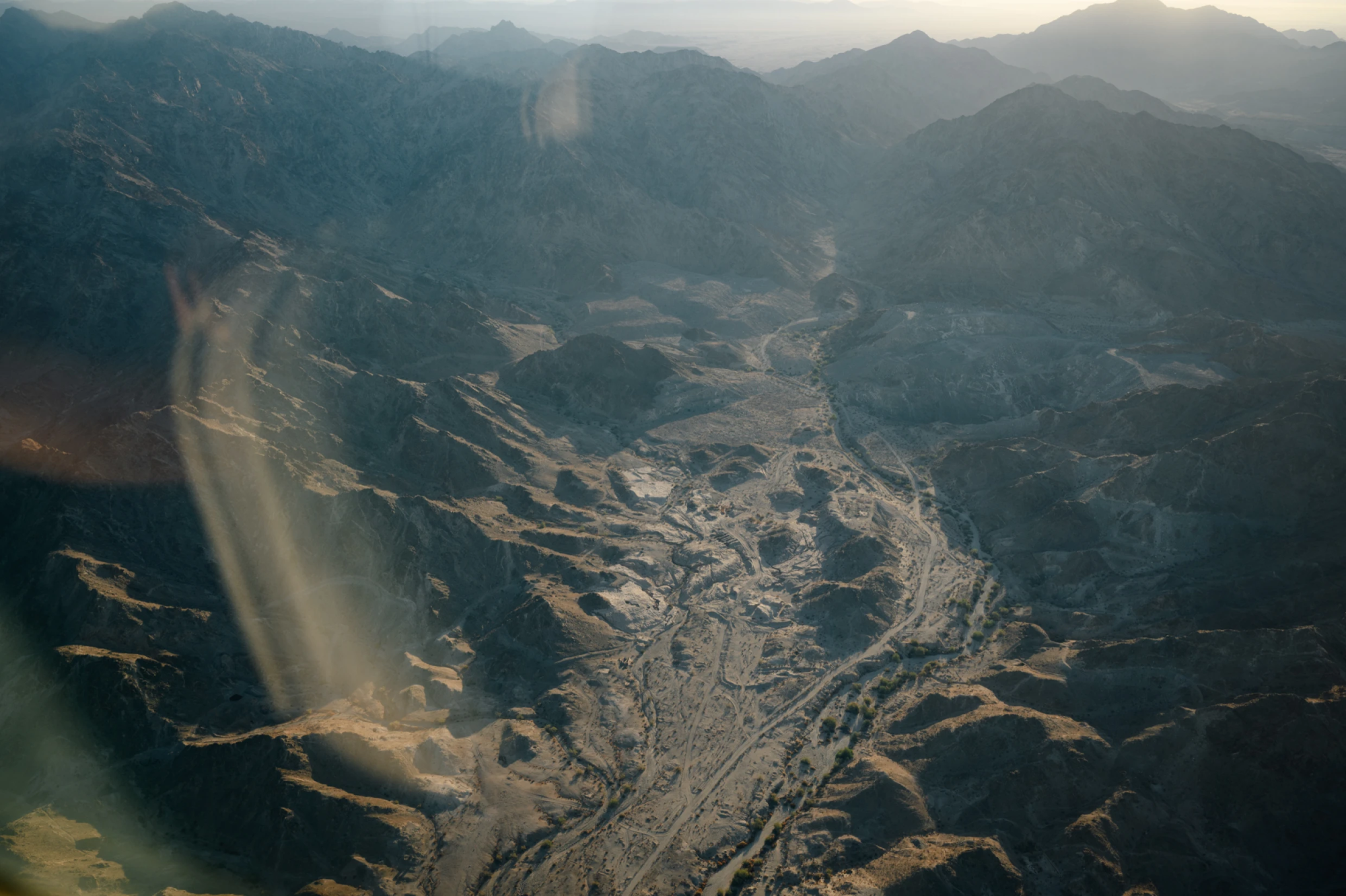
That’s why this year the Quechan Tribe is asking the Biden administration to make this land a new national monument — an area of protected public land similar to a national park. That would block any future mining and would also open the door for the tribe and the federal government to work together to manage the region.
Their proposal is one of three Indigenous-led campaigns for new national monuments reaching from the Imperial Valley to the Shasta-Trinity highlands in Northern California. Together, they could spur the federal government to protect close to 1 million acres and give several tribes more of a say over land that was taken from them generations ago.
Tomorrow’s presidential election has added new urgency to the conversation. Vice President Kamala Harris has pledged to defend tribal land, but former President Donald Trump has encouraged mining on public lands and has even dismantled national monuments in the past.
Supporters are urging President Biden to act swiftly and protect these sacred areas before the end of his term this year.
“A lot of people see it out there as just rocks and desert, but we truly believe that’s our DNA out there,” said Quechan Tribe President Jordan Joaquin. “It’s necessary for our future.”
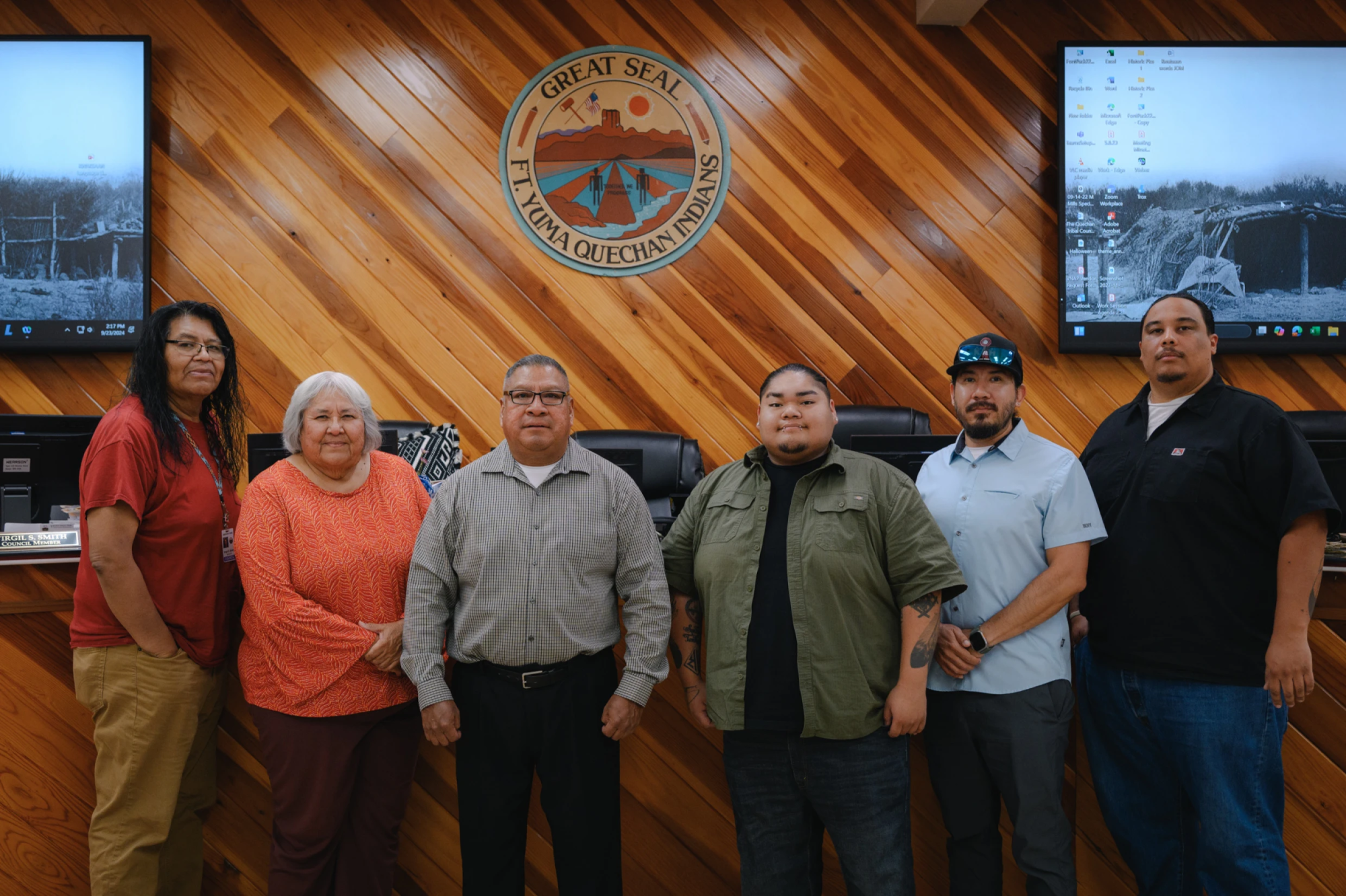
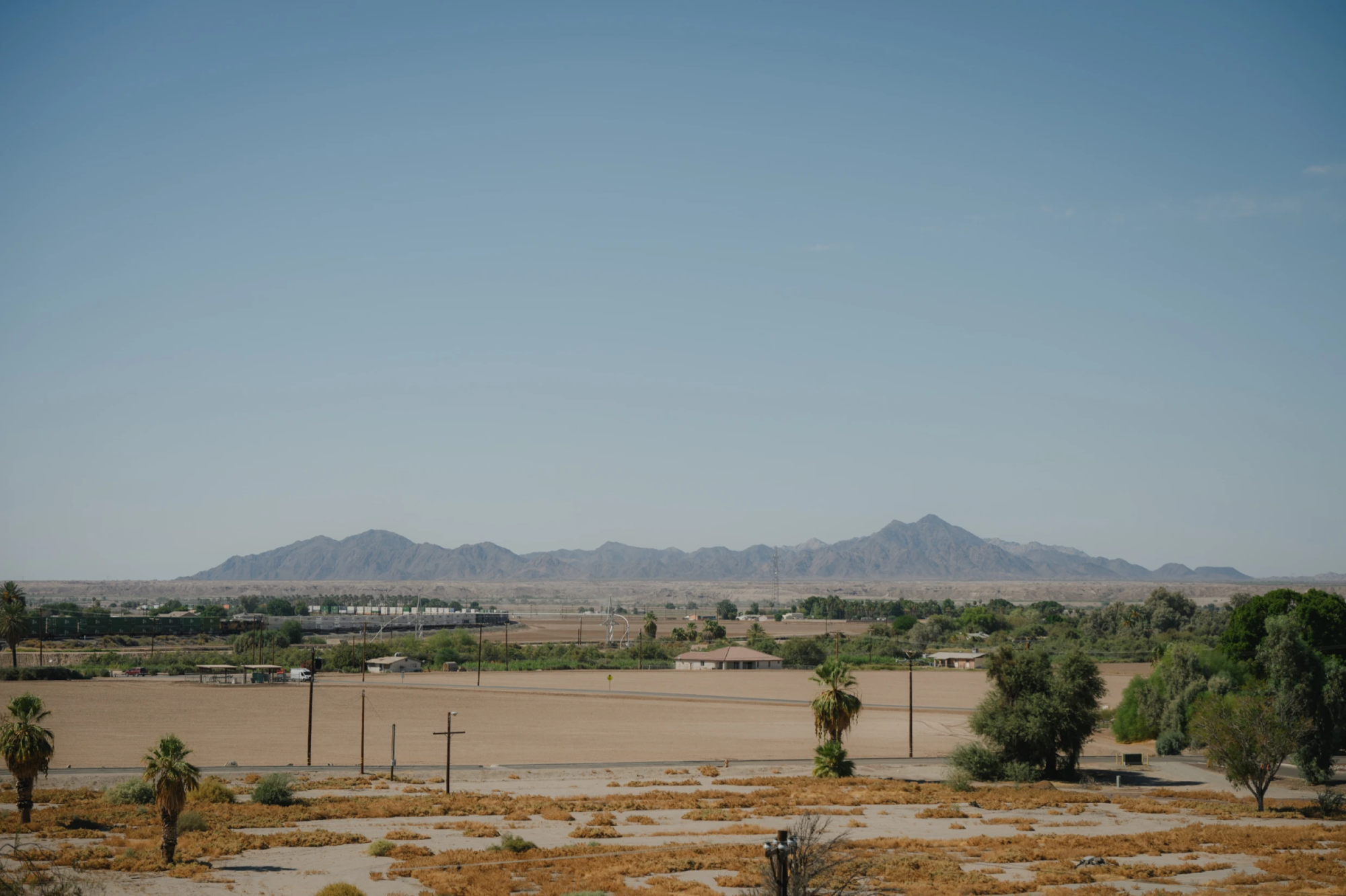
‘Thousands of years’
As a child, Medart remembers venturing out into the desert with his parents to see the stars. They would explore the landscape in eastern Imperial County and spend evenings looking up at the sky, far from the city lights of neighboring Yuma, Arizona.
One of his fondest memories is of seeing an old, abandoned vehicle from the 1930s or 40s nestled between the hills. Every time he passed it by as a kid, Medart would joke with his mom that it was “his car.”
“Obviously it’s litter out in the desert, you know?” he said, laughing. “I understand that now.”
Those memories are one small example of the tribe’s generational connection with the region. The desert is lined with their ancestral trail system and is filled with traditional plant medicines and other wildlife, including bighorn sheep, desert tortoises, spiraling crimson ocotillo and rare purple sandfood flowers.
This land is also part of the tribe’s creation story, which traces back to Avi Kwa Ame, a towering mountain at the southern end of Nevada. The tribe continues to sing and practice religious ceremonies on the land.
In more recent decades though, the tribe has faced repeated challenges from gold mining companies, who have sought to set up drilling in eastern Imperial County. Major operations like the Picacho, Mesquite and American Girl mines have ranked among the highest-yielding gold mines in the country.
Quechan leaders have gone to court to fight back. In the early 2000s, the tribe blocked the Glamis project, which would have set up mining operations near the sacred site of Indian Pass and used cyanide-based chemicals to strip gold from massive piles of ore.
The tribe’s latest battle ended this past spring when Imperial County officials blocked a Canadian gold company from reopening operations on another old mining site.
Joaquin considers it a small victory. But he worries the company won’t be gone for long.
“An open mine pit, to us, is an open wound,” he said. “So that’s the most important thing is stopping these mining companies.”
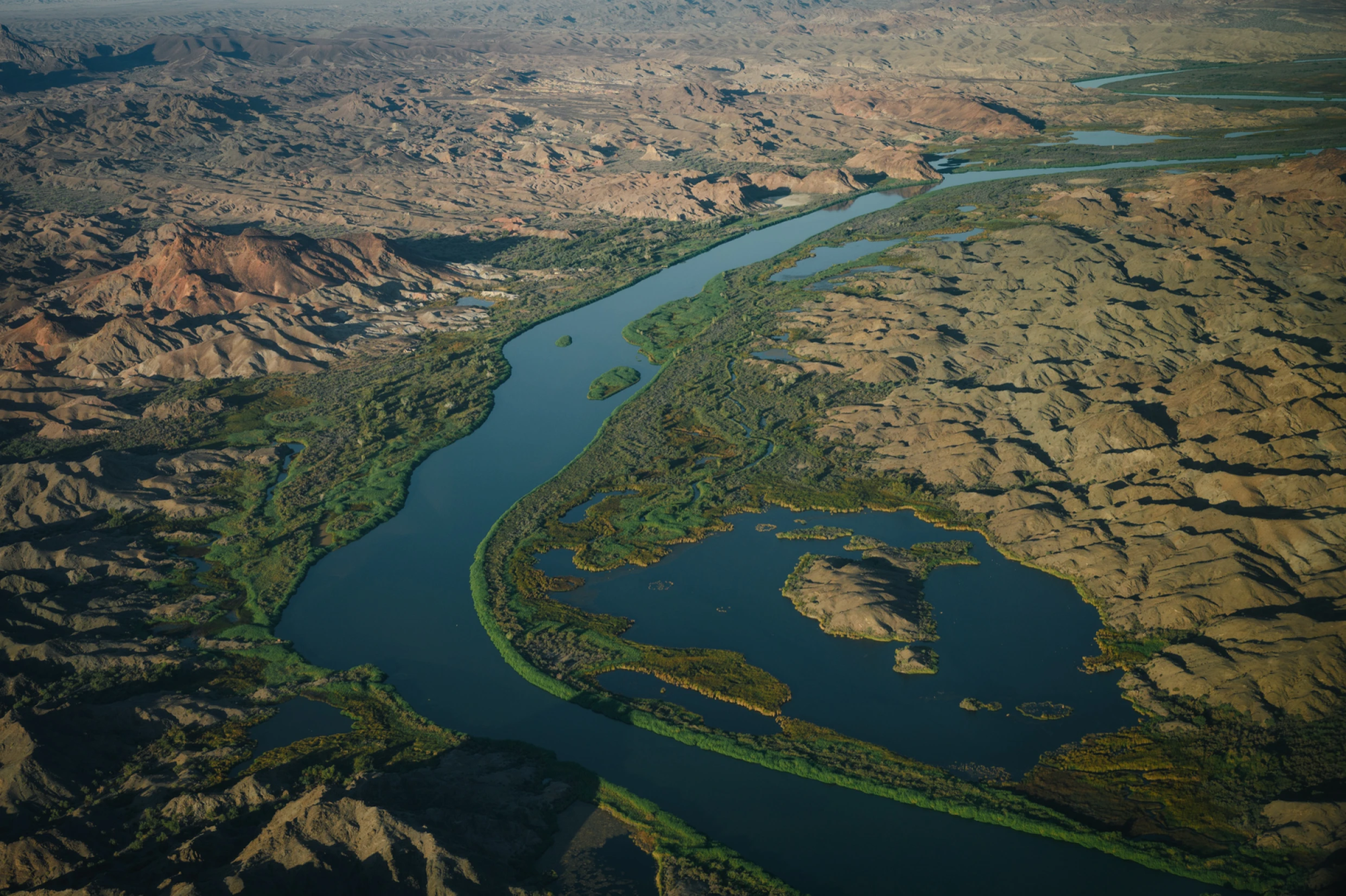
The monument campaign
Now, the Quechan Tribal Council is looking to a national monument as a long-term way to protect the region.
National monuments are typically created by the president under the federal Antiquities Act of 1906. Congress also has the power to create them, but partisan gridlock has left supporters of the monument proposals more hopeful about a presidential order.
Earlier this year, Biden used such an order to expand two national monuments — the San Gabriel Mountain monument near Los Angeles and the Berryessa Snow Mountain monument north of Sacramento — following calls from several tribes.
The Quechan Tribe’s own proposal, the Kw’tsán National Monument, would cover 390,000 acres of federally-owned desert along the Colorado River in eastern Imperial County. The Tribe is also asking to be made co-managers of the land, which Medart said would give them equal authority to make decisions.
“We would like to truly have a seat at the table,” he said. “To be able to generate a management plan with tribal cultural values in mind.”
California tribes are also campaigning for two other monuments: the Chuckwalla Monument on the northern edge of Imperial County and the Sáttítla Monument in the Northern California highlands.
The movements have garnered wide-reaching support across the state, from local businesses in Imperial County to the state legislature in Sacramento. Last week, tribal leaders and state officials traveled to Colombia to address the United Nations’ global biodiversity conference.
“Our vision is to train our own and manage and monitor our sacred landscapes,” said Quechan Cultural Committee member Lena Ortega during a press conference in Cali, Colombia. “Our future depends on how global societies treat their indigenous people.”

Returning control
The campaign comes amid a broader effort to return control of some lands and waters to Indigenous people in California.
In June, Gov. Gavin Newsom gave more than 2,000 acres along the Klamath River back to the Shasta Indian Nation. And just a couple weeks ago, Biden announced the creation of a new marine sanctuary off the Central Coast that will be co-managed by the Northern Chumash Tribe.
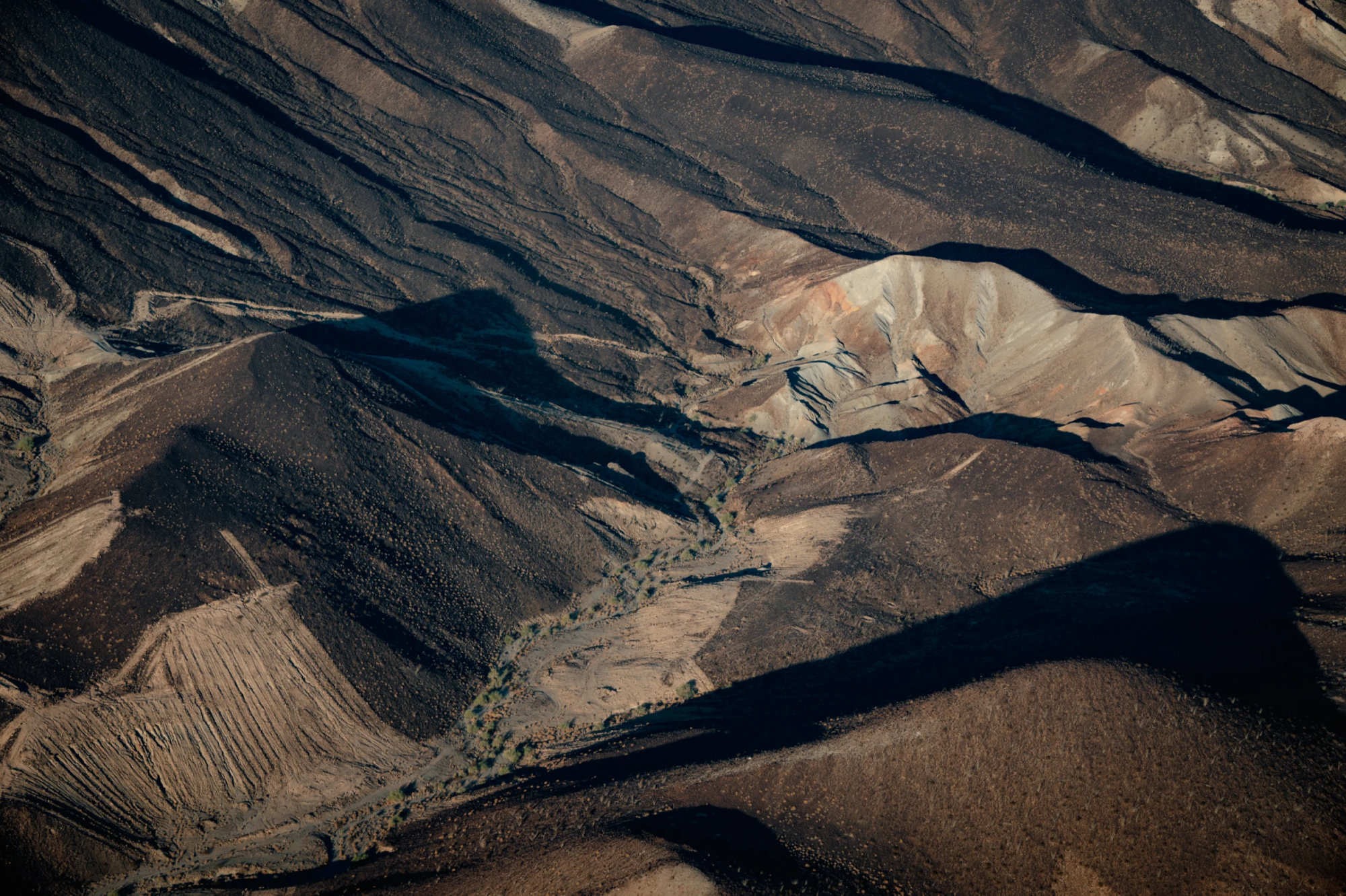
For the Biden administration in particular, these efforts are also part of recognizing and apologizing for the federal government’s role in centuries of displacement and racial violence against Tribes.
However, the White House has not announced plans to act on the monuments yet.
Medart, the Quechan tribal councilmember, remains hopeful. Tribal leaders have been in close contact with White House staff and have made several trips to Washington D.C. to hold meetings and deliver cultural resource reports.
The officials they’ve spoken with were very familiar with their proposal and the region, Medart said, which gives him confidence that the administration is weighing it carefully.
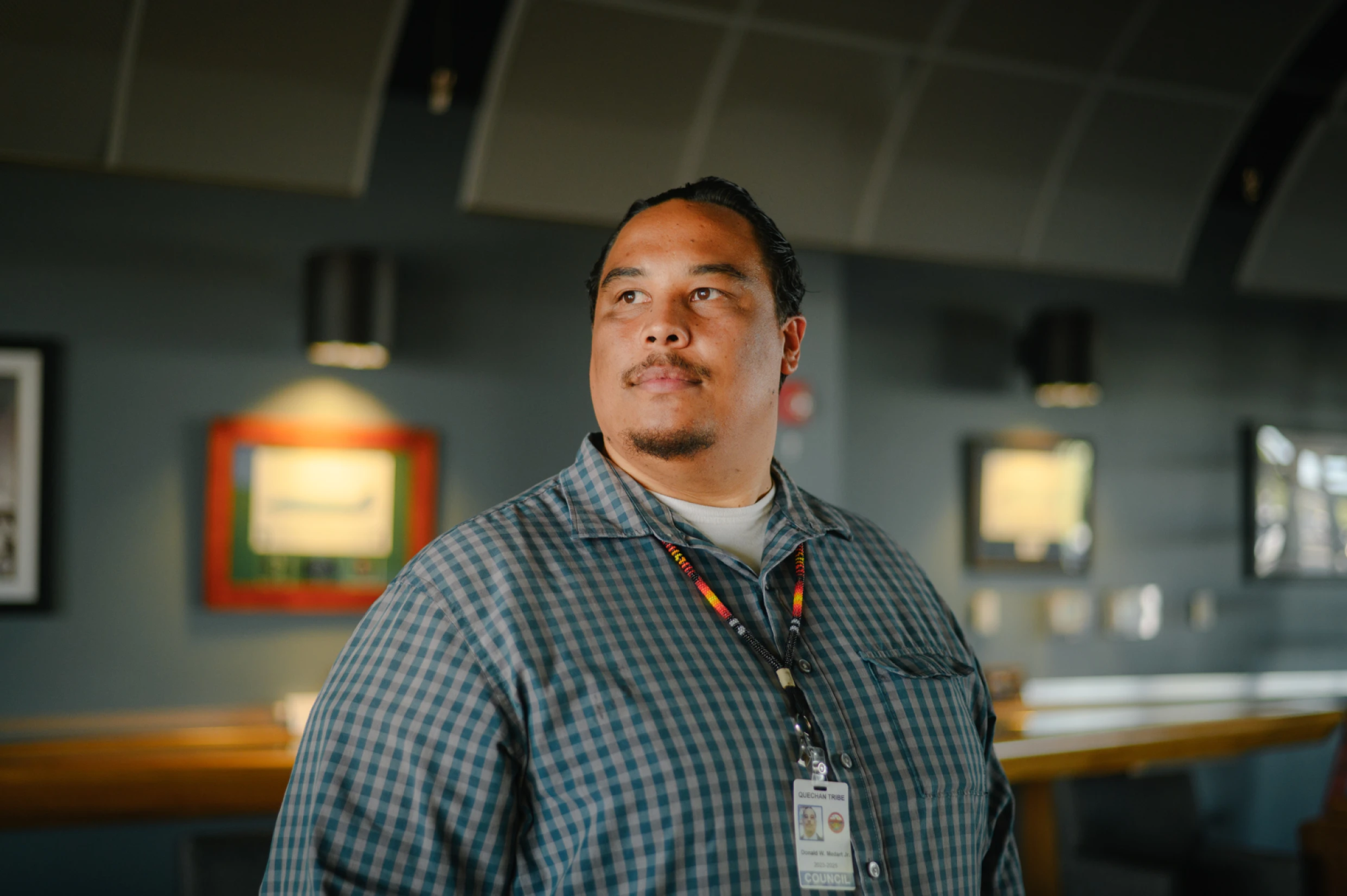
Medart still ventures out into the desert these days — often to take his own kids out and to teach them about the landscape. In some ways, he said, it feels like coming full circle from his days of stargazing with his own parents.
“We’ve thrived there for thousands and thousands of years,” he said. “For us to continue to practice that is us continuing to be who we are.”